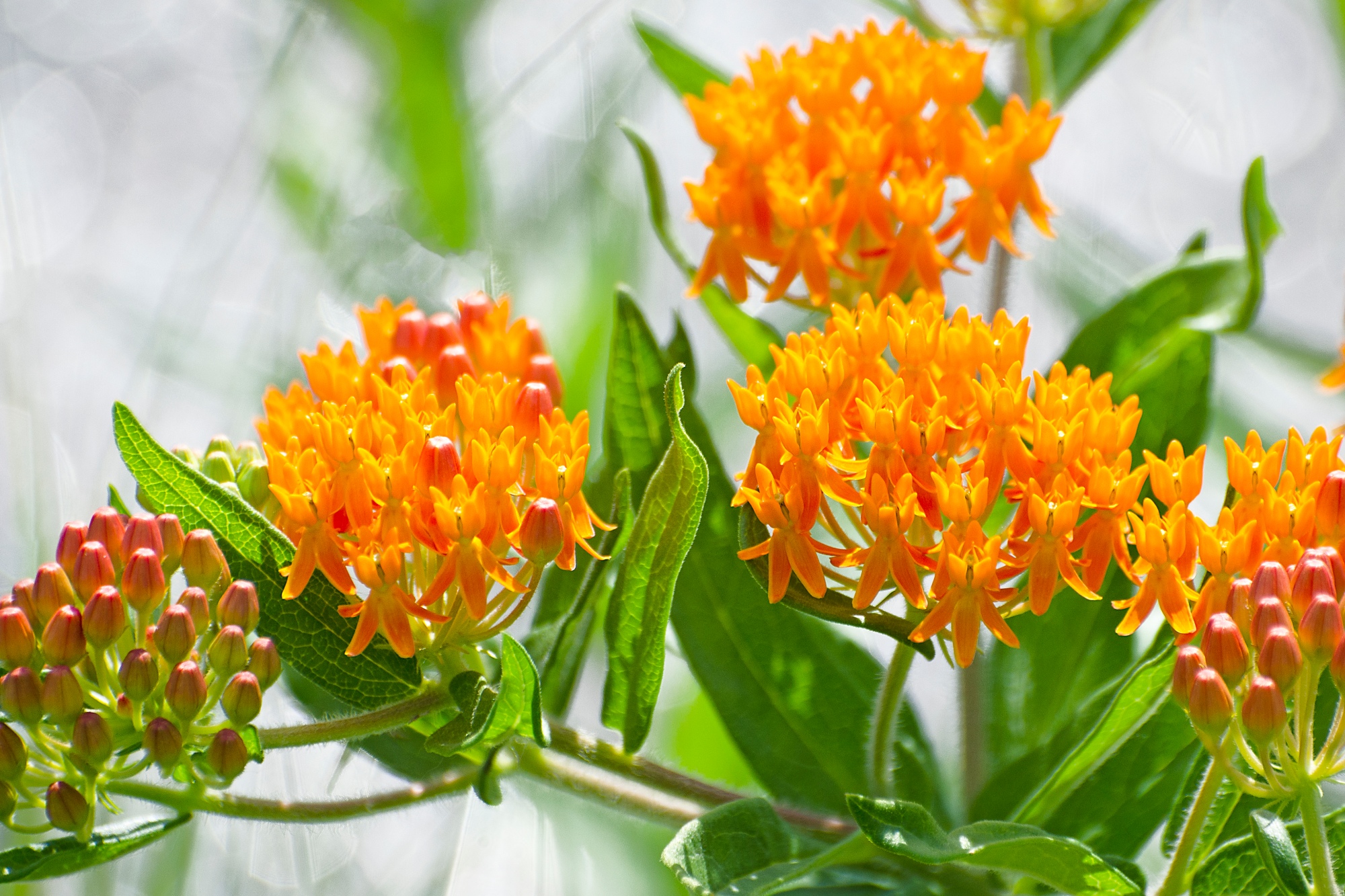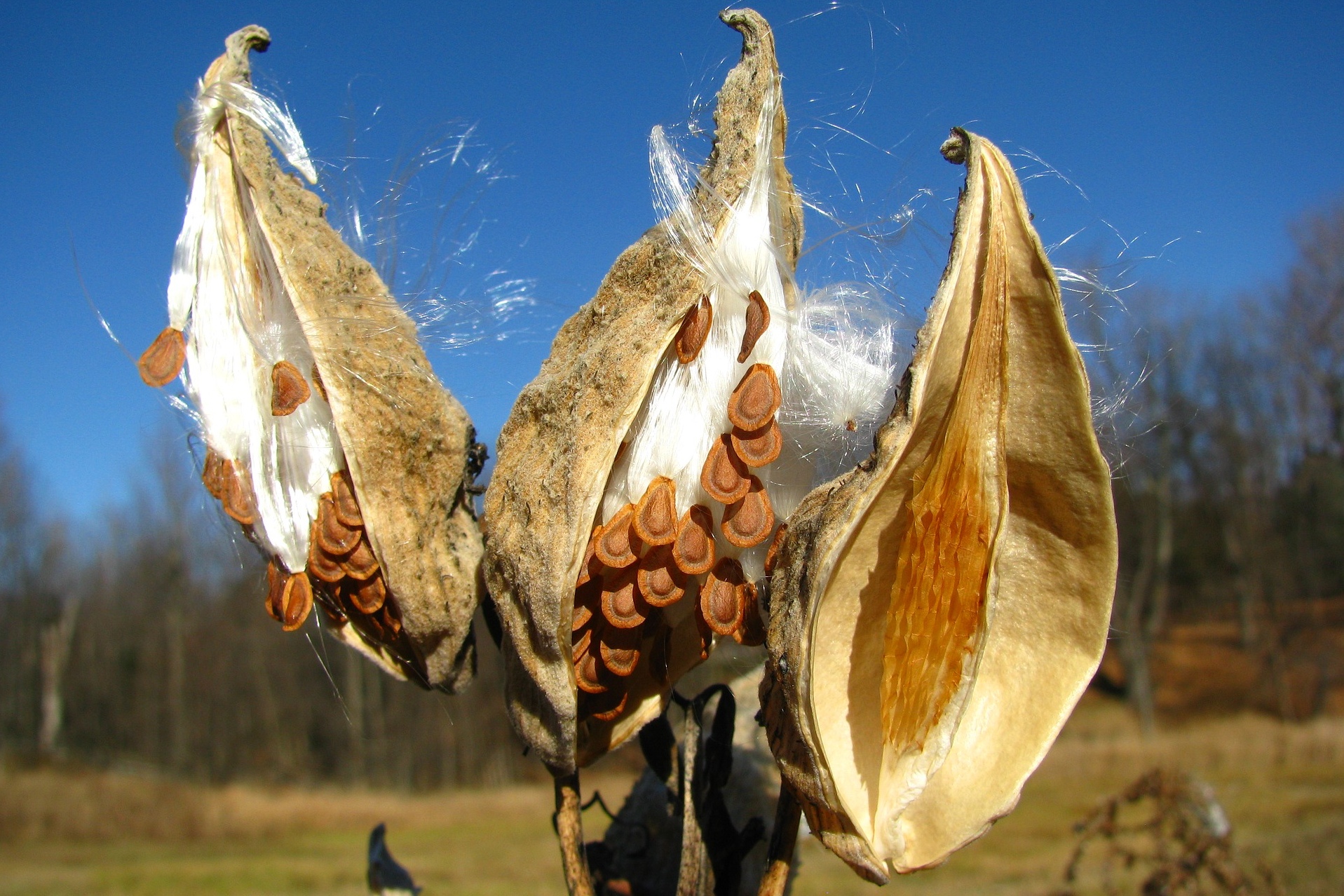
How to Plant and Grow Milkweed
ADVERTISEMENT
Unfortunately, I planted a milkweed in a small bed next to my porch. It is too large and I want to move it out to my creek bed, the ideal place to grow as large as it can. How do I transplant a full-grown plant? And the leaves are mottled brown instead of a nice green color - what do I treat with to restore plant to good health?
Carefully dig around the base of the plant, starting 7-8 inches out from the stems. You’ll want to capture as much of the root ball as possible, so dig carefully. Once you’ve loosened the plant, carefully lift it, retaining as much of the root ball and soil as you can. Plant it in its new home and water well. If rains are infrequent, be sure to keep the plant watered until hard frosts set in.
It’s possible that the browned leaves are simply a symptom of drought or the end of the growing season, so just keep an eye on it when it pops up in the spring to see if the foliage looks as it should.
I pick some milkweed pods from a friends pond area, back around Labor Day. Allowed them to dry out & separated from the silk. I live in Pa zone 6b, is it safe to plant the seeds at this time?
I've planted seeds in the fall & they come up earlier in the spring than if I wanted until spring to plant.
I grew several milkweed plants from seeds last year. This year they came back and brought several monarchs to my garden. I live in MA. Yesterday I discovered several monarch caterpillars. I love the orange butterfly weed and plan to plant more next year. They were easy to grow and beautiful addition to my garden.










Comments